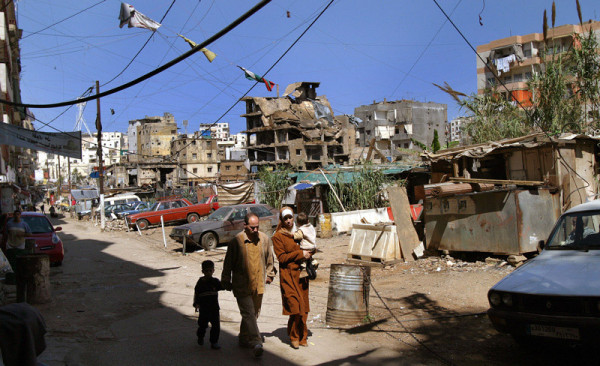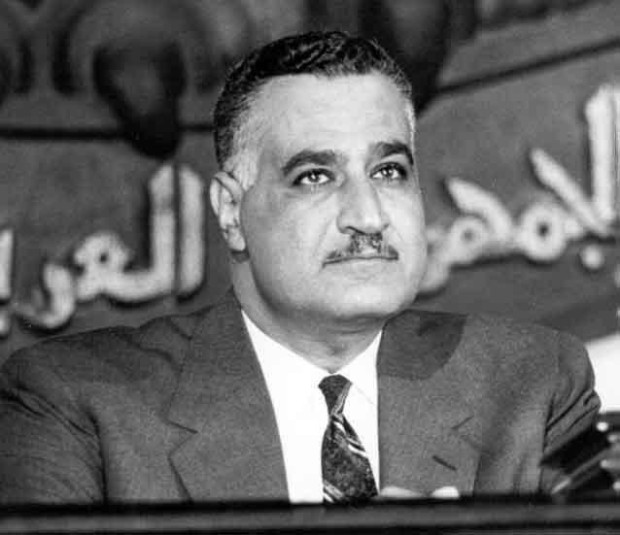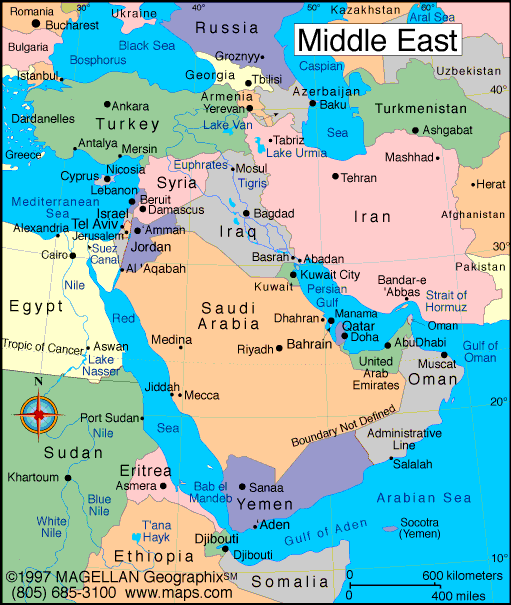Now, more than ever, the Middle East occupies front and center in the daily news cycle.
Israel is waging war against one of its arch enemies, Hamas, and an Israeli ground invasion of the Gaza Strip, Hamas’ stronghold, remains a possibility.
The Islamic State in Iraq and Syria, a more extreme version of Al Qaeda, has captured large swaths of Iraq and is aiming to establish a caliphate in Iraq and Syria.
Syria is engulfed in a civil war that has claimed the lives of more than 160,000 combatants and civilians.
These events are generating headlines in newspapers and on television and radio newscasts, but if you’re seeking a deeper understanding of the turbulent region in which they’re unfolding, you’ll have to read a few books about the Middle East that have been published of late.
Let’s begin with A History of the Middle East, written by the late Peter Mansfield, originally published in 1991, updated by Nicolas Pelham and now published in its fourth edition by Penguin Books.
Mansfield, a British journalist who died in 1996, covered the Middle East for the Sunday Times from 1961 to 1967 and returned to the area regularly after that from his base in London. Pelham has worked with the BBC Arabic Service and is currently an analyst for the International Crisis Group, reporting on Israeli and Palestinian affairs.
A History of the Middle East, written in a lucid style befitting a top-notch journalist, is a first-rate primer of important regional developments since the dawn of civilization. Mansfield writes about the Canaanites, the Egyptians, the Phoenicians, the Hebrews, the Assyrians, the Arabs, the Persians and the Turks, among others.
He gives us an overview of the Crusades, the Mongol interregnum, the Mamluk period, the formation of Islam, the rise of the Ottomans, Napoleon Bonaparte’s strike into the Middle East, the British occupation of Egypt, the struggle between Sunnis and Shiites, the colonial partition of the Middle East and the major personalities who have left an impact. And, of course, Mansfield charts the emergence of the modern Zionist movement, the founding of the state of Israel, the wars between Israel and the Arabs and the Palestinians, and the United States’ political and military intervention in the Middle East.
Mansfield and Pelham are sober observers and write in a dispassionate style. Their “Notes on Further Reading” add heft to an already invaluable book.
***
The Palestinian refugee issue is an open, festering wound, accounting for the militancy that pervades the ranks of the Palestinians.
Diana Allan’s book, Refugees of the Revolution: Experiences of Palestinian Exile (Stanford University Press), takes a close look at Palestinian refugees in the Shatila camp in Beirut.

Shatila and an adjacent camp, Sabra, were overrun by Lebanese Christian Phalange forces, allied with Israel, during the 1982 war. As Israel looked away, the Phalange killed hundreds of Palestinian civilians.
In this deeply-researched book, Allan, an anthropologist, examines a number of inter-related subjects — everyday life in Shatila, how refugees relate to the camp and their lost homeland, how the old and the new generations interact, how they deal with marginalization and poverty in Lebanon and how they regard the future.
Refugees of the Revolution opens a window into the mindset of Palestinians living in Lebanon.
***
Gamal Abdel Nasser’s disastrous meddling in Yemen is the subject of Jesse Ferris’ revealing and fascinating book, Nasser’s Gamble: How Intervention in Yemen Caused the Six Day War and the Decline of Egyptian Power, published by Princeton University Press.
In Ferris’ judgment, the Egyptian president’s effort to export the tenets of Egypt’s 1952 revolution to Yemen, a backward and despotic nation, backfired. So much so that Nasser referred to his adventure in Yemen as “my Vietnam.”

He argues that Egypt’s foray into Yemen had unintended consequences — destabilizing Egypt’s bilateral relations with his patron, the Soviet Union, and his adversary, the United States, besmirching his image in the Arab world, battering the Egyptian economy and prompting him to blunder into the 1967 Six Day War.
Ferris draws on declassified documents in Arabic, Hebrew, Russian and German to give readers a better understanding of the underpinnings and dynamics of Egypt’s foreign policy during this era.
***
Syria and Iran are authoritarian states, their respective rulers hanging on to power by both brutal and subtle means. In Middle East Authoritarianisms: Governance, Contestation and Regime Resilience in Syria and Iran (Stanford University Press), edited by Steven Heydemann and Reinoud Leenders, this issue is examined by expert essayists.
The editors provide a useful overview of the problem. Still other contributors discuss economic and social policy, the state management of religion, literary responses to dictatorship, political dissent and democratic struggles. Their essays are scholarly and thus not necessarily accessible to the average reader. But there is much to be learned here.
